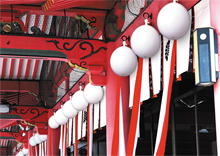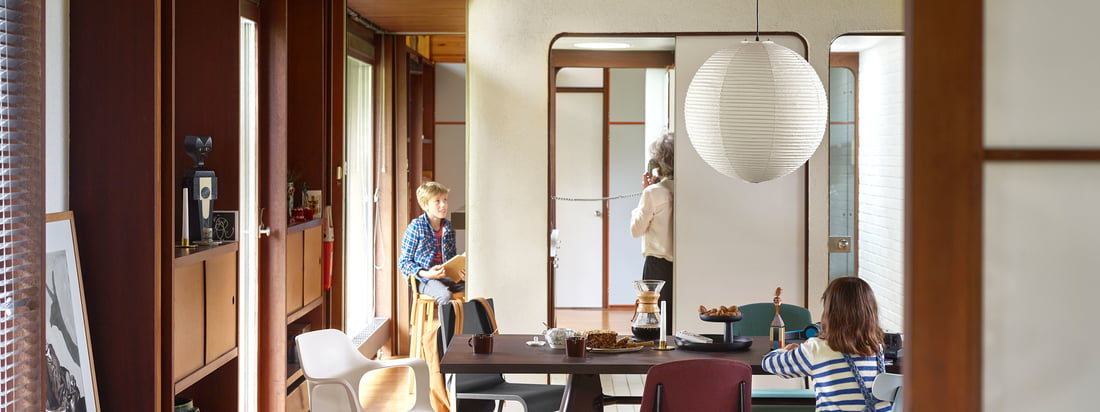Cars, video games and other high-tech gadgets are probably the first things that come to people’s minds when thinking of Japanese design. At second sight, Japan has a highly varied design scene that is influenced as much by its own history as, for example, it is by Bauhaus.
Contemporary Japanese design is marked by a culture that equates elegance with simplicity of function and whose simple austerity has evolved from art and craft traditions spanning hundreds of years.
 The fusion of modernity and tradition, industrial production and handicraft as well as form and function make Japanese design famous and sought after all over the world. The clear and minimalist forms are also influenced by Western traditions and developments that go as far back as the Bauhaus movement.
The fusion of modernity and tradition, industrial production and handicraft as well as form and function make Japanese design famous and sought after all over the world. The clear and minimalist forms are also influenced by Western traditions and developments that go as far back as the Bauhaus movement.
Japanese culture is characterized by its ability to merge its own tradition with modern influences. This same attribute is what shapes modern Japanese design, which developed in the 1950s, and the ideological background of which came from Masaru Katsumie, who was a follower of the Bauhaus movement.
These developments quickly led to the foundation of design schools and institutions (METI, JIDPO, JIDA), while the island nation's economic growth subsequently fuelled the rapid development of industrial design. Apart from the European influences, American design also became increasingly important for Japan, in particular so in the automotive sector, where it was often accused of serious plagiarism.
 Outside the design industry, for example in architecture, graphic design, arts and craft, as well as fashion, Japanese designers were free to mix their own tradition with modern influences. Japan started to make a name for itself in the Western dominated fashion industry in the 70s. Its fashion at the time was clearly marked by tradition and Shintoism, whereby its simple style, appreciation of materials and natural fabrics brought new impulses to the fashion world.
Outside the design industry, for example in architecture, graphic design, arts and craft, as well as fashion, Japanese designers were free to mix their own tradition with modern influences. Japan started to make a name for itself in the Western dominated fashion industry in the 70s. Its fashion at the time was clearly marked by tradition and Shintoism, whereby its simple style, appreciation of materials and natural fabrics brought new impulses to the fashion world.
Today, the Japanese approach of blending traditional styles with Western influences is regarded as one of the most innovative trends in design. One of the most striking examples of this trend is Japanese pop culture. Some experts believe that adapting Japanese design may present a way of breaking out of the vicious cycle of self-referencing Retro styles for the West.

Düller Stationery Collection
The Düller Stationary Collection from I.D.E.A International is a great example of the symbiosis of Western influences and Japanese tradition and is the result of intensive and professional design development. According to the Düller Collection catalogue:
"This exemplary collection represents a combination of the German and the Japanese tradition and stands not only for universal, but also fusional design, by virtue of which it sets new standards for stationery across the world. This is because the only kind of design capable of making a product accessible to virtually anybody has to be a design that arises from a fusion of a wide variety of foreign-origin elements. However, in our modern age of globalisation, our endeavour is not just about making universal products accessible, but we strive to enhance the quality of our time spent in offices, at desks, at home and on the road through our Düller collection."

 Metaphys
Metaphys
 Isamu Noguchi
Isamu Noguchi
 Naoto Fukasawa
Naoto Fukasawa
 Shin & Tomoko Azumi
Shin & Tomoko Azumi
 Sori Yanagi
Sori Yanagi
 Takashi Shinozaki
Takashi Shinozaki
 Tokujin Yoshioka
Tokujin Yoshioka